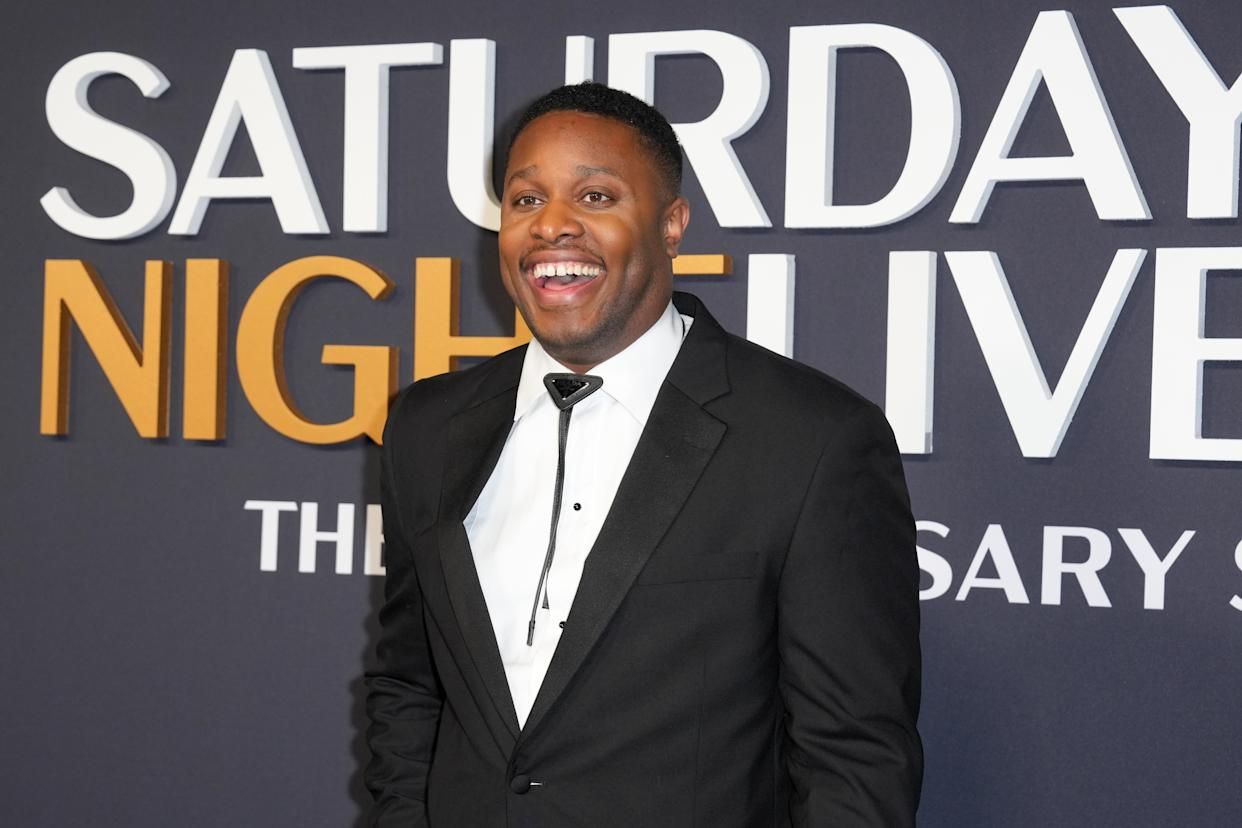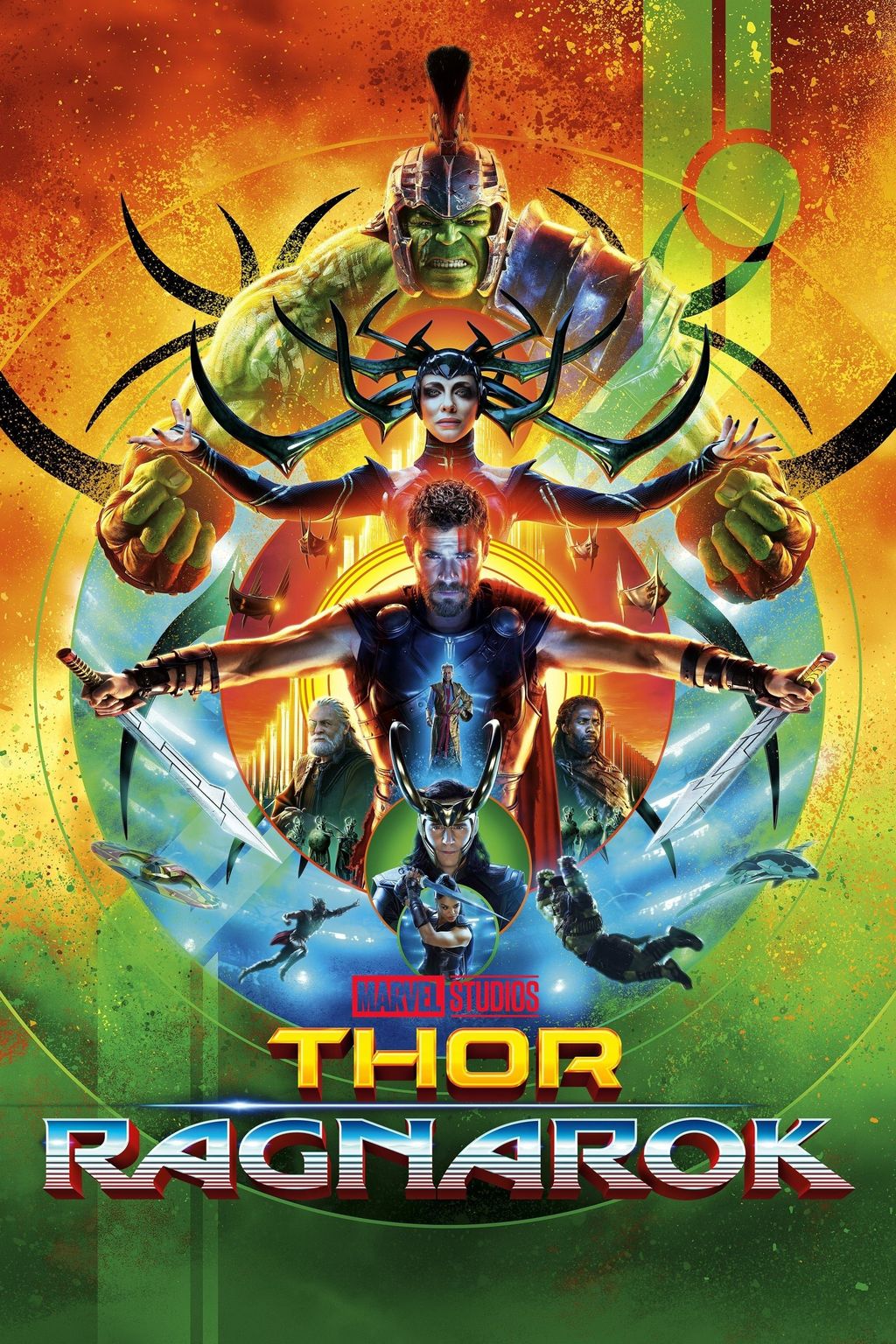
There’s a certain magic to the movies, isn’t there? We sit in darkened theaters, popcorn in hand, ready to be swept away by grand narratives, breathtaking visuals, and performances that move us. What we often don’t see, however, is the intricate, often tumultuous, journey a film takes from script to screen. Behind every blockbuster and critically acclaimed masterpiece lies a maze of creative decisions, budgetary constraints, and, more often than not, intense studio interference.
Filmmaking is a collaborative art, but it’s also a high-stakes business. Studios invest millions, sometimes hundreds of millions, of dollars into productions, and naturally, they want to protect that investment. This desire for commercial success can frequently lead to executive meddling, forcing last-minute changes that can warp a director’s vision, dilute a compelling story, or even fundamentally alter a film’s core message. The rallying cry, “We’ll just fix that in post!” often turns into a self-fulfilling prophecy, with crucial elements getting “broken” in the editing room or during reshoots.
From drastically rewritten endings that betray the source material to crucial scenes sanitized for a broader rating, these last-minute interventions can transform a promising project into, as the saying goes, a “Frankenstein creature of a film.” Sometimes, a great movie is downgraded to mediocre, or even outright terrible, all because of changes imposed at the eleventh hour. Let’s take a deep dive into six prime examples of films that nearly, or arguably did, have their potential crippled by these behind-the-scenes battles and executive mandates.
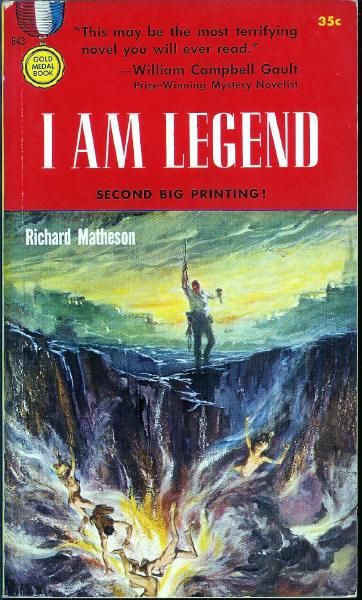
1. **I Am Legend: The Meaning Lost in Translation**Richard Matheson’s classic horror novella, “I Am Legend,” is a profound exploration of perspective, identity, and what it means to be a monster. The story follows Robert Neville, the last human in a city overrun by nocturnal, vampire-like beings. The original book’s ending delivers a powerful punch: Neville realizes that from the vampires’ point of view, *he* is the monster, the terrifying legend who hunts them down. This inversion of roles is the entire point of the title, a deeply thought-provoking twist that challenges the audience’s assumptions.
Director Francis Lawrence’s film adaptation, starring Will Smith, initially embraced this nuanced ending. Neville is trapped by the vampires, who are revealed to be thinking, benevolent creatures attempting to rescue one of their own whom Neville had captured. This dramatic revelation would have preserved the book’s core theme, showcasing the vampires as an evolved society and Neville as a brutal aggressor from their perspective. It was a bold, intelligent conclusion that honored the source material.
However, test audiences, as the story goes, apparently didn’t like this complex and morally ambiguous ending. The studio, in a move that prioritized audience comfort over narrative integrity, opted for a new, more conventional Hollywood ending. In this “improved” version, Neville heroically fights back against the vampires to protect his new allies, ultimately sacrificing himself by igniting a grenade, destroying his once-safe stronghold and severely injuring his companions in the process.
This last-minute change utterly destroyed the novel’s central message. Not only did it turn the intelligent, evolving vampires into “mindless savages with no other purpose but general horror movie mayhem,” but it also made all the subtle hints of their intelligence throughout the film completely irrelevant. The complex traps they set and the presence of a creature in a leadership role suddenly lost all meaning. It’s a prime example of how studio interference can strip a film of its intellectual depth, reducing it to a generic action-horror flick. The “controversial original ending” is now available as a bonus scene on DVD/Blu-ray, a stark reminder of what could have been.

2. **Superman II: The Tale of Two Directors**”Superman II” was intended to be an epic continuation of Richard Donner’s vision for the Man of Steel, filmed mostly simultaneously with the original. Donner, known for his more serious, Christopher Nolan-esque approach to superhero cinema, aimed for a grand, compelling narrative that explored Superman’s humanity and the threats he faced, devoid of “goofball camp.” He even brought in his own writer to refine the scripts for both films, ensuring a consistent and elevated tone.
Unfortunately, a bitter feud between Donner and the producers led to his dismissal from the project, with 75 percent of the film already shot. This was a critical turning point for the franchise. The studio then brought in director Richard Lester, whose creative sensibilities were strikingly different from Donner’s. Lester was tasked with re-filming much of the movie, injecting a lighter, more comedic tone that fundamentally clashed with Donner’s established groundwork.
The resulting film became a jarring mix of serious superhero drama and inexplicable slapstick. Imagine a vicious superhero battle suddenly interspersed with shots of an ice cream cone flying into someone’s face – that’s the kind of tonal whiplash audiences experienced. Lester also felt the need to bestow the Kryptonians with an array of increasingly bizarre and useless powers, apparently finding flight, super strength, heat vision, and invulnerability insufficient. In one of the most baffling changes to the Superman mythos, our hero was given the power to tear the insignia off his costume and throw it at an enemy, a power that could only be described as “super-logo powers.”
The contrast between Donner’s and Lester’s contributions became painfully clear, creating a film that felt disjointed and, at times, ridiculous. While “Superman II” has its fans, it’s widely accepted that the best parts were Donner’s, while the “goofy parts were Lester’s fault,” as the context suggests. This argument gained significant traction when, in 2006, “Superman II: The Richard Donner Cut” was released on DVD, utilizing much of Donner’s original footage to present a more coherent, serious, and ultimately superior version of the film, despite some noticeable patchwork due to incomplete scenes.
Read more about: The Curse of the Sequel: Why These Iconic Movie Franchises Crumbled Under the Weight of Ambition and Greed
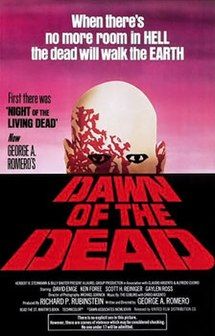
3. **Dawn of the Dead: A Despairing Allegory Diluted**George A. Romero’s 1978 “Dawn of the Dead” stands as a powerful allegory, a stark critique of American consumerism. His resounding message: “If you insist on buying worthless crap, don’t be surprised if zombies break into your local mall and seriously mess you up.” Beyond the zombie action, the film aimed to deliver a profound, if dark, commentary on societal decay and the inescapable nature of humanity’s flaws.
The director’s original vision for the climax was chillingly bleak, but entirely consistent with the film’s allegorical depth. The main characters, realizing the futility of their struggle and that true safety was unattainable, were to choose suicide rather than join the legions of the walking dead. The film would conclude with a haunting final shot of the heroine, Fran, intentionally shoving her head into her helicopter’s propeller, a powerful and unforgettable image that served as a metaphor for a failing system and a desperate end.
This original ending, while undeniably depressing, was the logical and thematic conclusion to Romero’s narrative. It underscored the film’s core message that society, even post-apocalypse, remains trapped in a cycle of consumption and self-destruction. It offered a definitive, tragic statement on the human condition that few mainstream films dare to tackle, especially for a horror film that was also an allegory.
However, the studio intervened, opting for a “less depressing ending.” In the finished product, the original desperate lead-up to the suicide sequence is kept, only for character Peter to suddenly change his mind “for no reason at all” and easily fight his way back to the helicopter, accompanied by heroic trumpets. Our heroes are then condemned to “spend the rest of their lives in a post-apocalyptic wasteland dominated by murderous reanimated cadavers,” an ending that tries to have it both ways but ultimately dilutes the original, more impactful conclusion.
The shift not only compromised the film’s artistic integrity but also introduced a significant plot hole, as the 2004 remake unwittingly highlighted: if escape was so easy, why the preceding despair? Unfortunately for fans of the darker vision, no existing footage of the original ending is known to exist, only a picture of a puppet that would have served as Gaylen Ross’ stand-in for the propeller scene, leaving its haunting power to the imagination.
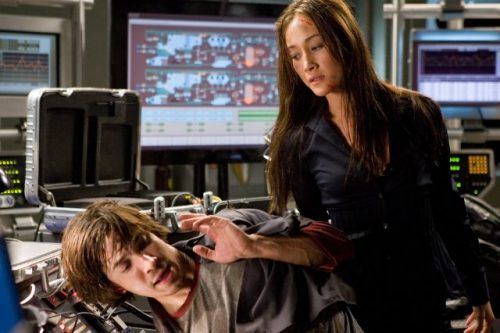
4. **Live Free or Die Hard: The R-Rating Redemption**The “Die Hard” franchise has always been synonymous with hard-hitting action, gritty realism, and, crucially, John McClane’s iconic, expletive-laden catchphrase. Fans flock to these films to watch Bruce Willis “shoot people and taunt his adversaries with western vernacular and implications of an Oedipus complex,” all delivered with a healthy dose of R-rated visceral thrills. “Live Free or Die Hard” was initially conceived to continue this beloved tradition, promising another “expletive laden action fest.”
However, months into filming, the studio’s “head honchos” made a controversial decision: to trim the film behind the director’s back in pursuit of a magical PG-13 rating. The producers believed this would attract a new, wider demographic, supposedly at the “small cost of making the film suck.” This move, driven purely by commercial interests, aimed to soften the film’s edges, making it more palatable for a younger, family-friendly audience, a demographic traditionally not associated with the hard-boiled McClane.
The results were, predictably, devastating for the film’s identity. The new, sanitized McClane was so tame that he couldn’t even utter his famous catchphrase. Crucial blood splatters were digitally removed, a decision described as “taking the blood out of a Die Hard movie is like taking the blood out of a vampire movie.” The essence of what made a “Die Hard” film a “Die Hard” film – its raw violence, its adult language, its unflinching intensity – was systematically stripped away.
While the theatrical cut was met with mixed reactions, an unrated home release later provided a glimpse into the film’s true potential. This version restored numerous scenes removed from the theatrical cut, allowing McClane to finally say his favorite phrase and reintroducing more graphic and visceral action. As the context notes, adding the “grit back in makes it feel so much more like a Die Hard movie,” proving that sometimes, staying true to a franchise’s established tone is far more valuable than chasing a wider, diluted demographic.
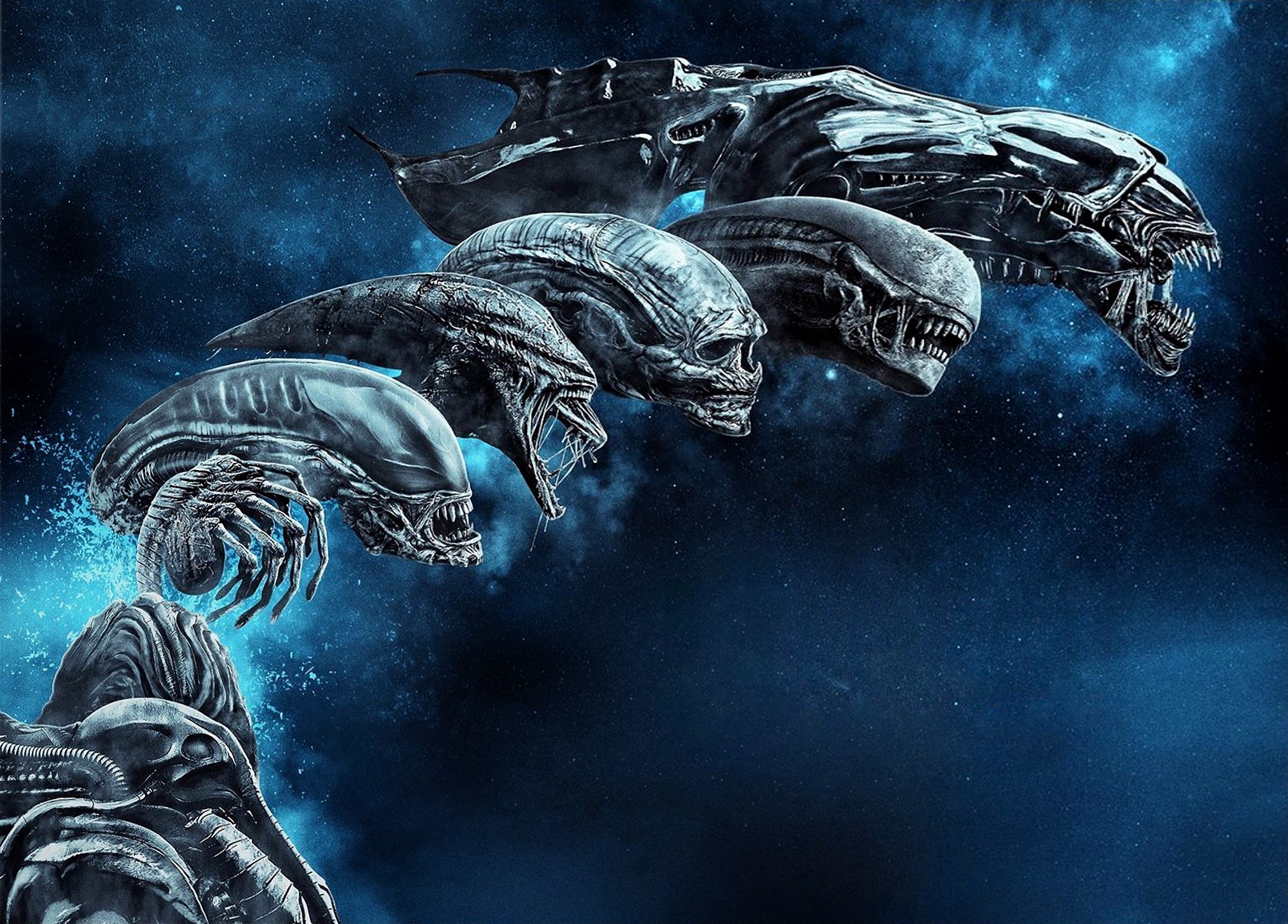
5. **Aliens 3: A Director’s Disowned Vision**”Aliens 3″ endured a notoriously “torturous production,” a saga of creative clashes and executive demands that ultimately led to a film that disappointed both fans and critics. The situation became so dire that director David Fincher, a filmmaker known for his distinctive style and uncompromising vision, eventually quit the project and completely “disowned it” after relentless arguments over the script and budget. This is a significant red flag when a director of Fincher’s caliber distances himself from his own work.
Studio executives were constantly “forcing changes against the wishes of director David Fincher,” indicating a fundamental disagreement over the film’s direction and narrative choices. In the high-pressure environment of Hollywood, such conflicts often arise, but the extent of the interference on “Aliens 3” was exceptional, leaving Fincher feeling creatively stifled and his artistic integrity compromised. The producers then proceeded to implement their desired changes at the last minute, shaping the final cut according to their own agenda.
This executive meddling resulted in a film that felt disjointed and lacked the coherent artistic voice typically found in a Fincher production. Fans of the acclaimed “Alien” franchise, who had high expectations after the successes of Ridley Scott’s original and James Cameron’s sequel, were left underwhelmed. Critics echoed these sentiments, highlighting the film’s narrative flaws and tonal inconsistencies, which could largely be attributed to the fragmented production process and the battle between the director’s vision and studio mandates.
The story of “Aliens 3” serves as a cautionary tale about the perils of studio interference and the importance of allowing a director creative autonomy. When a director is forced to compromise their artistic vision to such an extent, the final product often suffers, becoming a shadow of what it could have been. It underscores how creative conflicts can have lasting negative impacts on a film’s legacy and its reception among its dedicated audience.
6. **Brazil: Terry Gilliam’s Legendary Stand**Terry Gilliam’s dystopian masterpiece “Brazil” is a prime example of a director’s unwavering fight against executive interference, a story that has become legendary in filmmaking circles. Gilliam, an ex-Monty Python star known for his unique, often surreal, and visually dense style, crafted a film that was as thought-provoking as it was visually stunning, but its dark, ambiguous ending became a sticking point for the studio funding the project.
The studio was “adamant that the ending should be changed to a more uplifting version.” This demand highlights a common fear among executives: that a bleak or complex ending might alienate audiences and hinder box office success. For Gilliam, however, the original ending was integral to the film’s thematic power and artistic statement. He steadfastly “refused” to compromise his artistic vision, understanding that changing the ending would fundamentally alter the movie’s message and emotional impact.
The conflict escalated to the point where executives were poised to edit the film themselves, creating a cut that aligned with their commercial preferences. This was a direct threat to Gilliam’s artistic control and the integrity of his work. In a stroke of genius and defiance, Gilliam secretly screened his preferred cut of the movie to critics in various locations, bypassing the studio’s control. This bold move was a desperate gamble, but it paid off spectacularly.
The critics “adored it,” showering Gilliam’s original cut with praise and effectively creating a groundswell of support for the director’s vision. The positive critical reception, coupled with the embarrassment of public exposure, ultimately “convincing the studio not to make the changes.” This rare victory for artistic integrity against corporate meddling stands as a powerful testament to the importance of a director’s vision and the potential for critical acclaim to influence commercial decisions, preserving “Brazil” as the uncompromising classic it was meant to be.
Alright, so we’ve journeyed through the minefield of studio meddling and last-minute script changes, seeing how executive decisions can derail even the most promising projects. But let’s be honest, all the perfectly crafted scripts and visionary directing in the world can’t save a film if the wrong person is standing in front of the camera. That’s right, we’re talking about the often-painful reality of miscasting – when a brilliant actor just isn’t the right fit, or when a less-than-stellar performance drags down an entire production.
It’s a delicate balance, finding the perfect actor to embody a character’s essence, chemistry, and depth. A single misstep here can ripple through an entire film, turning potential triumphs into critical misses or box office disappointments. Sometimes, these performances are so glaringly mismatched that they stick out like a sore thumb, making it impossible for audiences to fully immerse themselves in the story. In this section, we’ll dive into six more high-profile examples where pivotal roles were, unfortunately, given to the wrong person, proving that talent alone isn’t always enough.

7. **Terminator Salvation: When Leading Men Fall Flat**For a quarter-century, the *Terminator* franchise had brilliantly teased audiences with the epic future war between humanity and their robotic oppressors. The anticipation was immense, and finally, *Terminator Salvation* promised to bring this long-awaited conflict to the big screen. While there were initial concerns about director McG’s track record, the presence of Christian Bale, heralded as one of the finest actors of his generation, gave many fans a reason to hope. Surely, if Bale was on board, the script must have held some significant promise.
However, despite the high expectations, Bale delivered a performance that was strikingly “lifeless and uninterested” as John Connor. The context suggests that his motivation seemed to be “driven entirely by the paycheque,” a stark contrast to the intense, dedicated portrayals he was known for in other roles. This lack of engagement from the film’s supposed anchor left a noticeable void at the heart of the resistance. It was a performance that, unfortunately, failed to capture the gravitas and desperation expected from humanity’s leader.
Compounding the issue was Sam Worthington, who took second billing but proved to be “even more wooden” in his portrayal. Amidst these subdued performances, only Anton Yelchin appeared to truly inhabit his role, as if he was the “only cast member who seems like they can be arsed.” The combined “turgid turns” from the two leads not only failed to elevate the material but tragically amplified the movie’s inherent shortcomings.
It’s a poignant example of how even a compelling premise and a major star can be undermined by fundamental miscasting. The film had immense potential to realize the gritty future war fans had dreamed of, but its impact was significantly blunted by lead performances that simply didn’t connect, proving that star power doesn’t always equal the right fit for the role.
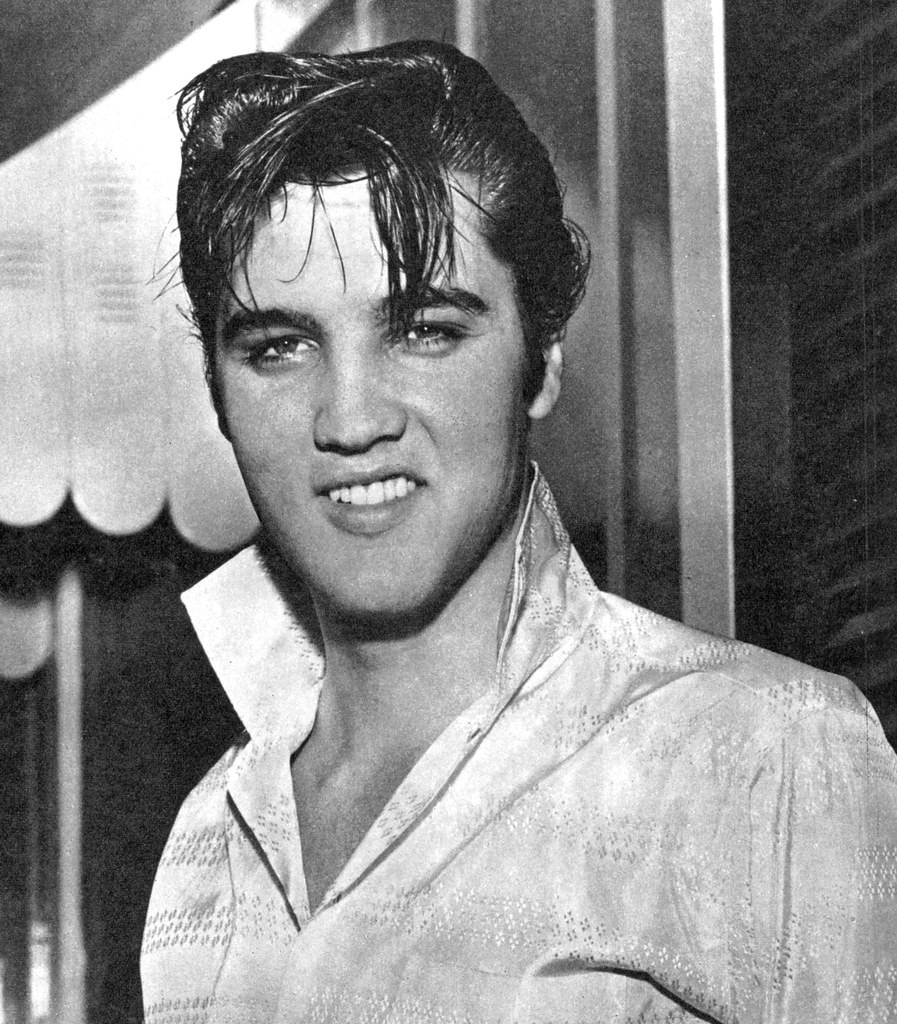
8. **Elvis: The King and the Colonel’s Uncomfortable Duo**Baz Luhrmann’s *Elvis* was a vibrant, often electrifying, biopic that certainly had its highs. Austin Butler, for instance, fully deserved his Academy Award nomination for ‘Best Actor,’ truly embodying ‘The King’ with remarkable skill and dedication. The film aimed to do justice to a cultural icon, and in many respects, it succeeded in its rousing, by-the-numbers narrative.
However, the film’s shining moments were frequently overshadowed by a particular piece of casting that left many scratching their heads. Tom Hanks, a beloved figure in Hollywood, equally merited his own accolade, but unfortunately, it was a Razzie for ‘Worst Supporting Actor.’ He even shared the prize for ‘Worst Screen Couple’ with “his latex-laden face (and ludicrous accent).”
Hanks’ portrayal of Colonel Tom Parker felt less like a nuanced character and more like “America’s Dad’ hamming it up in a fat suit.” This performance, as the context points out, gave the strong impression that he had been “transplanted from another movie entirely and an awful one at that.” It created a jarring disconnect, pulling viewers out of the otherwise engaging story every time he appeared on screen.
This critical misstep for Hanks, despite his undeniable individual talent, ultimately affected *Elvis* as a whole. While the film had much to celebrate, the discomfort and oddity of Colonel Parker’s portrayal made it difficult to fully commit to the narrative, showcasing how a single miscast role, even in a supporting capacity, can detract from an otherwise commendable production.
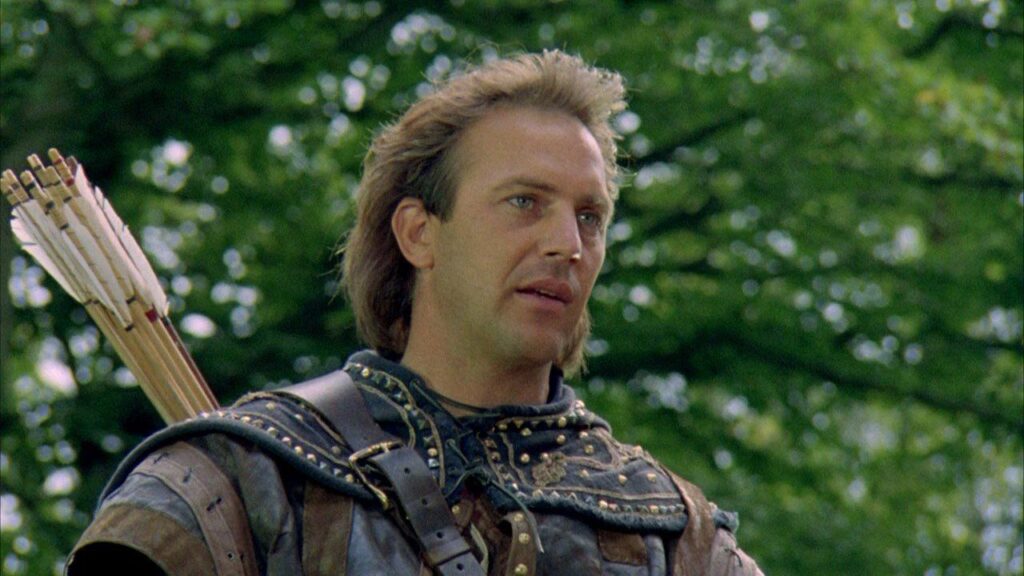
9. **Robin Hood: Prince of Thieves: A Californian in Sherwood***Robin Hood: Prince of Thieves* remains etched in cultural memory for a few key reasons: that inescapable Bryan Adams song, and, perhaps most notably, Alan Rickman’s magnificent, scenery-chewing performance as the Sheriff of Nottingham. Rickman’s portrayal was so deliciously unhinged that it often stole the show, creating a high bar for any co-star to meet.
Unfortunately, the film’s lead, Kevin Costner, struggled to rise to this challenge. Instead of delivering an infamous English outlaw and prodigal son driven by revenge, Costner played Robin Hood “like the affable California-born everyman he is off-camera,” according to the context. This choice made him “stick out like a sore thumb” in a historical epic set in medieval England, a jarring mismatch that undermined the character’s authenticity.
The miscasting extended beyond Costner, with Christian Slater also noted as being “just as bad” in his role. But the starkest contrast emerged whenever Costner had to “go toe-to-toe with Rickman.” Rickman’s powerhouse performance inadvertently highlighted Costner’s discomfort, resulting in the leading man and focal point of the movie being effectively “blown offscreen” by his hammy counterpart.
It’s a classic case of an actor struggling to play someone who isn’t inherently “himself,” and in *Robin Hood: Prince of Thieves*, this struggle was never “more egregious.” The film, for all its entertainment value and Rickman’s brilliance, serves as a clear reminder that authenticity in casting, especially for iconic characters, is paramount to a film’s overall success and audience immersion.
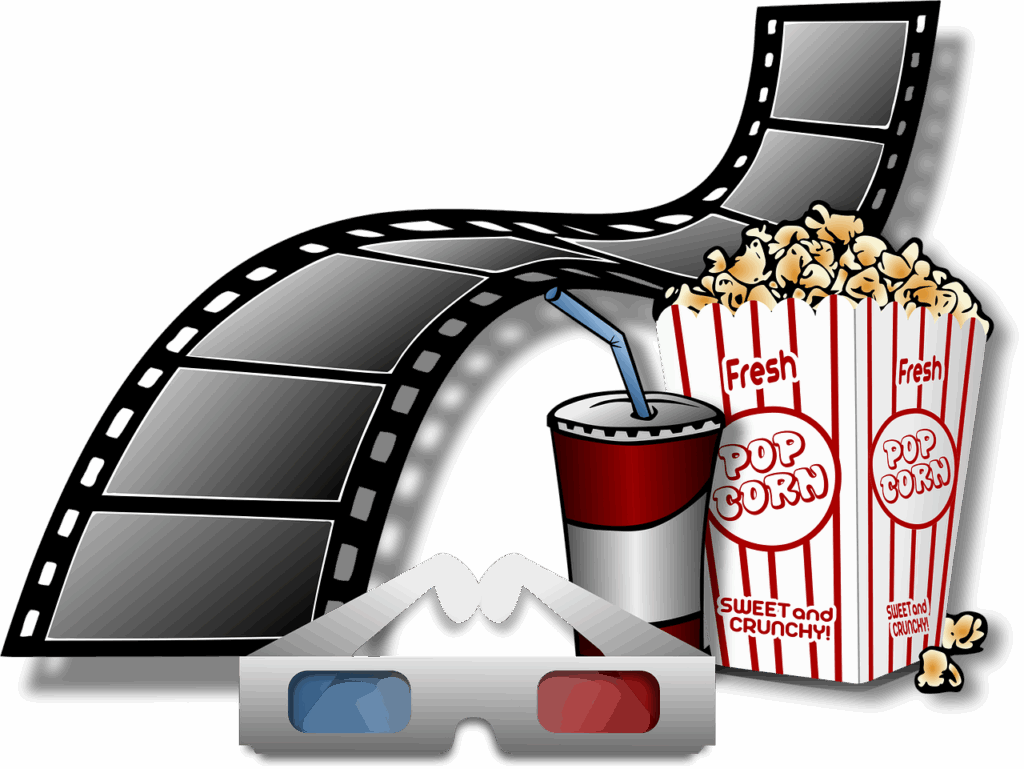
10. **Valerian and the City of a Thousand Planets: Lacking Chemistry in Space**When Luc Besson announced his return to the realm of the space opera, especially after the beloved *The Fifth Element*, there was a palpable buzz of excitement and intrigue. *Valerian and the City of a Thousand Planets* promised to be one of the most ambitious international productions ever attempted, and its “staggering opening sequence” certainly hinted at the film’s immense potential for visual splendor.
However, after that impressive start, the film quickly “careened off the rails,” often at the most crucial moments. A significant part of this derailment, as the context explicitly states, occurred “not least of all whenever Dane DeHaan and Cara Delevigne opened their mouths.” Their casting as the central duo proved to be a critical flaw that plagued the entire narrative.
The fundamental issue lay in their complete lack of connection. There was “no chemistry together,” and individually, neither possessed the “screen presence or charisma to speak off.” Their performances were characterized by “monotone line readings and blank expressions,” which stripped away any sense of naturalism and made it difficult for audiences to invest in their characters or their supposed romantic bond.
Ultimately, while *Valerian* might have faced other challenges, its prospects for success would have been “much better had it picked a pair of different leads.” The film’s epic scope and visual ambition were severely hampered by lead actors who simply couldn’t convey the emotional depth or engaging dynamic required to carry such a grand science fiction adventure.

11. **Alexander: A Historical Figure Undermined**Oliver Stone’s *Alexander* was, by all accounts, a passion project, yet it landed with a resounding “dull thud” upon its release, becoming both a critical and commercial catastrophe. The film was so universally panned that even “four different versions failed to polish the cinematic turd,” indicating deeper, more fundamental problems beyond mere editing choices.
One of the most significant issues, according to the provided context, was the casting of Colin Farrell in the title role. Farrell, with his “terrible dye job,” was tasked with leading the line as one of history’s most legendary figures, Alexander the Great. However, at “no point in any cut of the film does the actor look comfortable” in such a demanding and iconic role. His portrayal simply didn’t convince.
Farrell himself reportedly “thought he’d be in the thick of the Oscars conversation for his work,” a hope that starkly contrasted with the grim reality. Instead, anyone “unlucky enough to be exposed to Alexander” quickly discovered that “miscasting the title role is one of the easiest ways to torpedo a movie that was already on a shaky peg.”
This monumental misstep in casting the central figure proved to be an insurmountable hurdle for the film. Regardless of the director’s ambition or the story’s historical significance, a lead actor who fails to embody the essence of their character can single-handedly undermine an entire production, turning a promising epic into a painful viewing experience.

12. **Psycho (1998): A Classic Recast, A Performance Unconvincing**Gus Van Sant’s 1998 remake of Alfred Hitchcock’s *Psycho* is often remembered for its “utter pointlessness,” a shot-for-shot color re-creation of a cinematic masterpiece. Yet, initially, there was a certain intrigue surrounding the project, especially coming from Van Sant, fresh off his two-time Oscar winner *Good Will Hunting*. Many wondered what a director of his caliber could bring to such a bold, arguably unnecessary, endeavor.
However, any fleeting curiosity quickly evaporated with the execution, particularly in the pivotal role of Norman Bates. The context is unequivocal: “Vince Vaughn is not Anthony Perkins.” Perkins’ original portrayal of the unsettling motel proprietor was iconic, a benchmark of cinematic terror. Vaughn’s attempt, by contrast, was an “awful performance by an unconvincing star” that simply failed to capture the subtle menace and disturbed psychology of the character.
This fundamental miscasting was a death knell for the remake. It wasn’t just a matter of the film needing to exist; it was the inability of its lead to convincingly inhabit a role that was so indelibly etched into cinematic history by another actor. Despite some unusual appreciation, like that from Quentin Tarantino, the consensus remained clear.
The film was, in many ways, “doomed from the first second” by this casting choice. It stands as a powerful testament to the fact that some roles are so intrinsically linked to their original portrayers that attempting to recast them, especially with a performance that falls so short, can result in an ill-advised and ultimately forgettable cinematic endeavor.
And so, we’ve navigated the tricky waters of Hollywood, from the executive suites where visions are reshaped by studio mandates to the casting rooms where a single choice can make or break a film. These examples serve as crucial reminders that movie magic is a fragile thing, easily compromised by external pressures or internal misjudgments. Whether it’s a director’s vision battling for survival or a performance failing to connect, the journey from concept to screen is fraught with peril. It’s a testament to the art of filmmaking that so many masterpieces manage to emerge, but also a stark warning of how easily a classic can be nearly, or completely, ruined. So next time you settle in for a film, remember the hidden battles and crucial decisions that shaped what you see, and perhaps, appreciate the delicate balance that brings truly great cinema to life.



